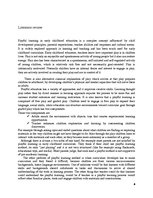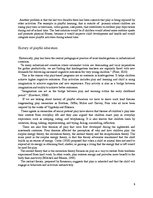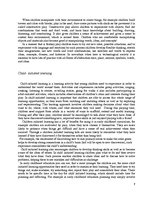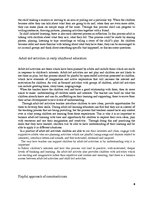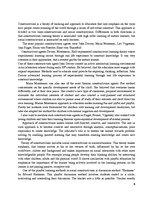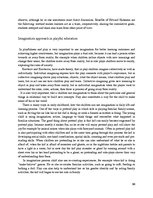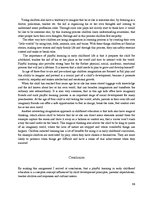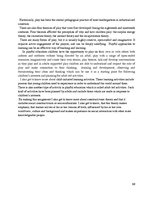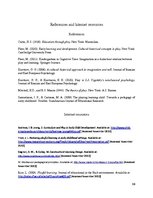-
Playful Learning in Early Childhood Education
| Nr. | Chapter | Page. |
| Playful learning in early childhood education | 3 | |
| Introduction | 3 | |
| Literature review | 4 | |
| History of playful education | 5 | |
| Play as curriculum in early childhood education | 6 | |
| Child-initiated learning | 7 | |
| Adult-led activities in early childhood education | 8 | |
| Playful approach of constructivism | 9 | |
| Imagination approach in playful education | 10 | |
| Conclusion | 12 | |
| References and internet resources | 13 |
Conclusion
By making this assignment I arrived at conclusion, that a playful learning in early childhood education is a complex concept influenced by child development principles, parental expectations, teacher abilities and responses and cultural norms.
Historically, play has been the central pedagogical practice of most kindergartens in industrialized countries.
There are also four theories of play that were first developed during the eighteenth and nineteenth centuries. Four theories affected the perception of why and how children play: the surplus energy theory, the recreation theory, the instinct theory and the recapitulation theory.
There are many forms of play, but it is usually highly creative, open-ended and imaginative. It requires active engagement of the players, and can be deeply satisfying. Playful approaches to learning can be an effective way of teaching and learning.
In playful education children have the opportunity to play on their own or with others both indoors and outdoors without being directed by an adult, play with a range of open-ended resources imaginatively and create their own stories, play themes, talk and develop conversations as they play and in adults supported play children are able to understand and respect the role of play and make connection to their thinking, learning and development, observing and documenting their ideas and thinking which can be use it as a starting point for following children’s interests and planning for adult-led activities.
I also get to know more about child-initiated learning activities. These learning activities include process that young children need to experience in order to understand the world around them. There is also another type of activity in playful education which is called adult-led activities. Suck kind of activities have been planned by adults and include those which are made in response to children’s interests.
By making this assignment I also get to know more about constructivism theory and that it includes social constructivism or socioculturalism. I also get to know, that this theory makes emphasis, that learner arrives at his or her version of truth, influenced by his or her own worldview, culture and background and makes importance on social interaction with other more knowledgeable people. …
Playful learning in early childhood education is a complex concept influenced by child development principles, parental expectations, teacher abilities and responses and cultural norms. It is widely explored approach in learning and teaching and has been much used for early childhood curriculum. Early childhood educators, teachers know how important play is in children lives. Play is not only an enjoyable and spontaneous activity of young people but it also can restore energy. Play also has been characterized as a spontaneous, self-initiated and self-regulated activity of young children, which is relatively risk free and not necessarily goal-oriented. Play is intrinsically motivated. Normally children have an internal desire and interest to engage in play, they are actively involved in creating their play and are in control of it.




